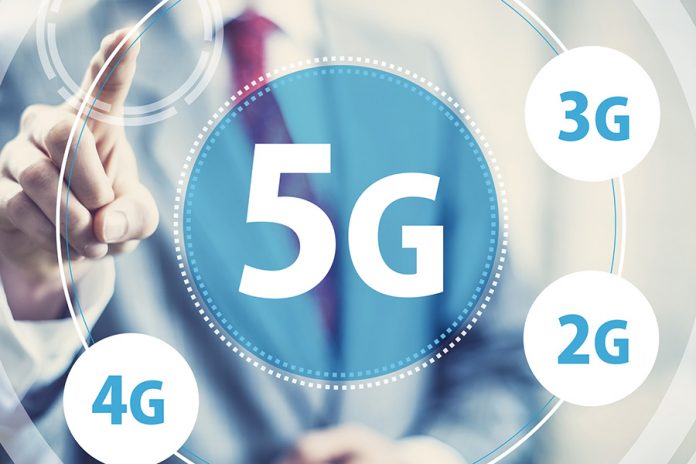
At the 2017 Mobile World Congress in Barcelona last week, smartphones were not the hot topic of the event. It was 5G mobile networks, with major attendants like Cisco, Nokia, Ericsson, Verizon, and Samsung introducing some take on the technology.
The next generation of mobile data and home internet could soon hit the mainstream. Companies suggest infrastructure deployment could take a couple of years at best, and the platform could be up and ready by the 2020s.
5G networks would support significantly faster download speeds than current 4G and LTE standards, with the added benefit of offering very low latency levels. This technology could bring about a future of wirelessly connected devices and things like never before.
What is 5G Internet Speed?
A recent report by the United Kingdom’s National Infrastructure Commission defines 5G as a network able to support the data transmission requirements of tomorrow, enabling a world of nearly endless possibilities regarding connectivity.

“5G MEANS SEAMLESS CONNECTIVITY. ULTRA-FAST, ULTRA-RELIABLE, ULTRA-HIGH CAPACITY TRANSMITTING AT SUPER LOW LATENCY,” says the Commission on the report.
Technologies such as virtual and augmented reality, connected vehicles, advanced IoT devices, and more could work thanks to a wireless platform adapted to consumer needs of the near future.
How fast is 5G and what are the benefits?
5G is a double-edged sword due to its inherent connectivity qualities, but both edges of that sword make it a network that will bring about a significant boost to download speeds across all internet-enabled devices.
Depending on which type of device we are talking about, 5G speeds could go up to 150 Mbps on mobile devices that support them, while home solutions could reach 2 Gbps in normal conditions and double that speed in a perfect scenario.

To put that into perspective, current 4G LTE networks provide 30 to 50 Mbps speeds for mobile data, while the average internet speed in the United States last year was 55 Mbps. That accounts for both home and wireless.
The benefits of 5G are significant and noticeable. At such speeds, there would be no need for optic fiber or any other wired internet solutions in the future, given that the platform could outperform the competition without the hassle and cost of laying down cables.
On top of that, most work fields will surely find some way to use and exploit the low latency levels of 5G to foster innovation and growth in their area. Remote surgery could become a reality in medicine, while drones could relay high-resolution video to the military with no delay.
When is 5G arriving?
Internet service providers and mobile carriers all over the world are working with telecom giants around the clock to lay the foundations for 5G networks. All things considered, executives and enthusiasts working on the technology say 2020 is a realistic launch date for the platform.
In the U.S., tech leaders like Nokia and Verizon are partnering up to test 5G in select location this year. South Korea, Japan, the U.K., and other countries are also preparing their infrastructure continuously, and expect to see results next year.
Source: Business Insider










